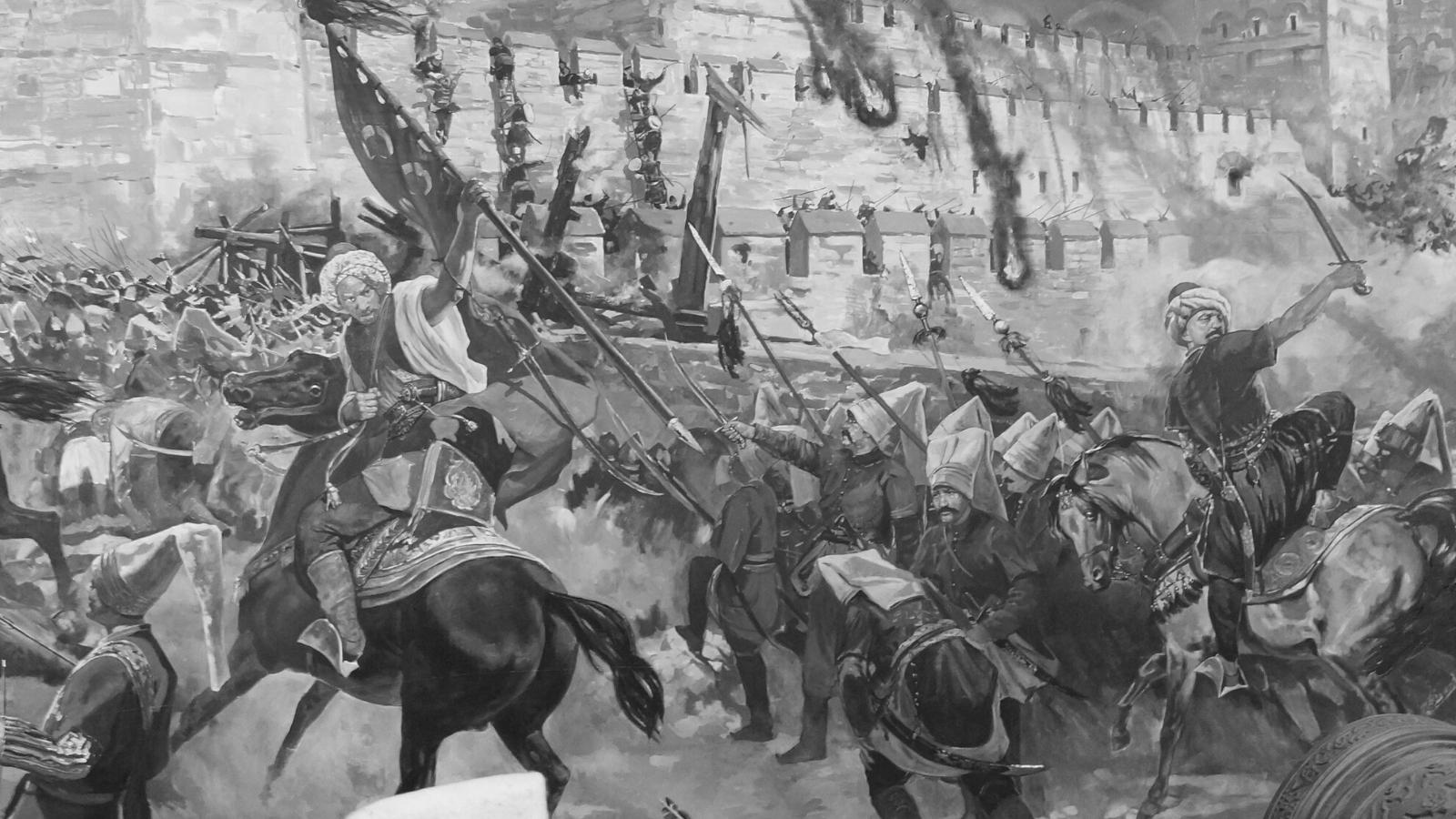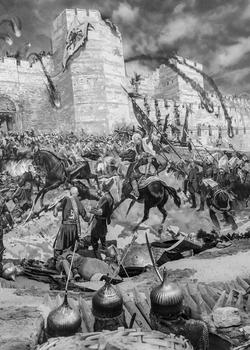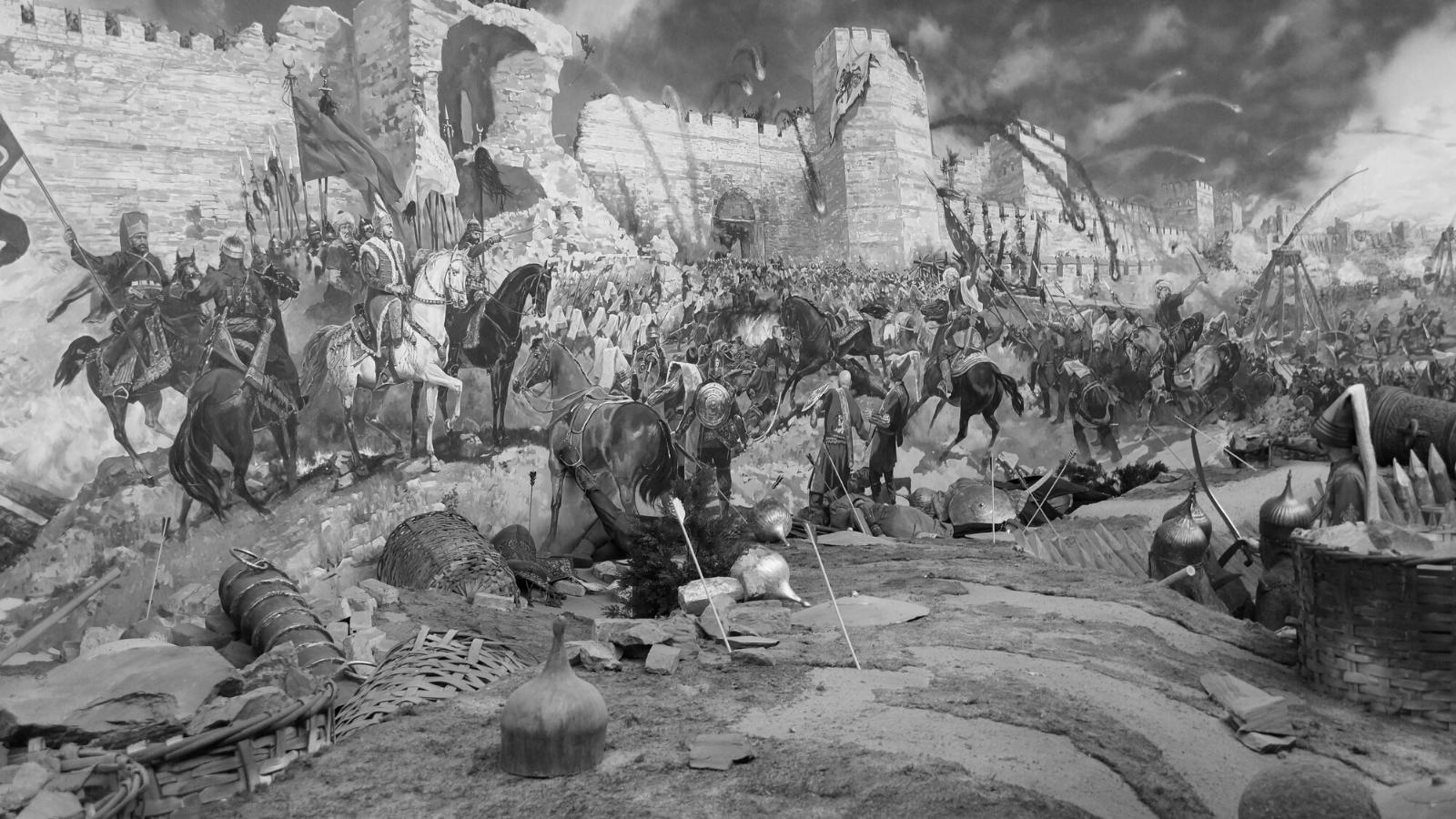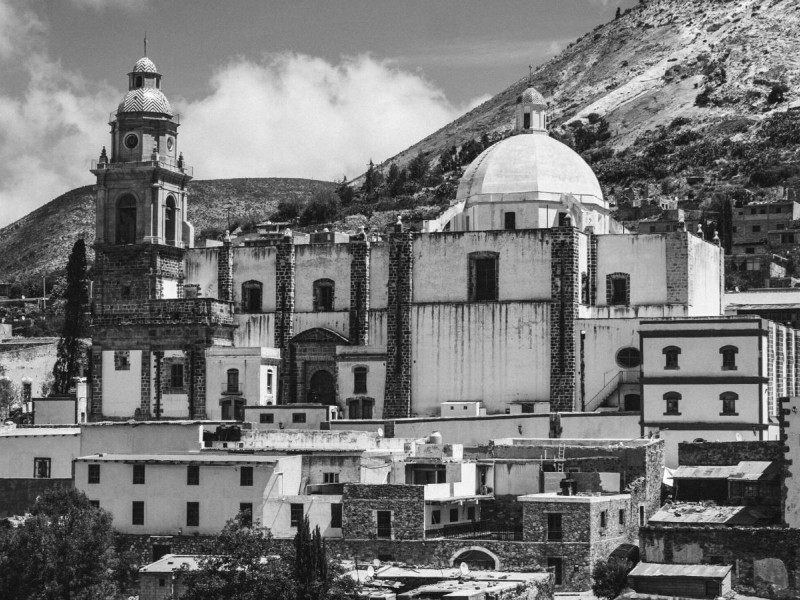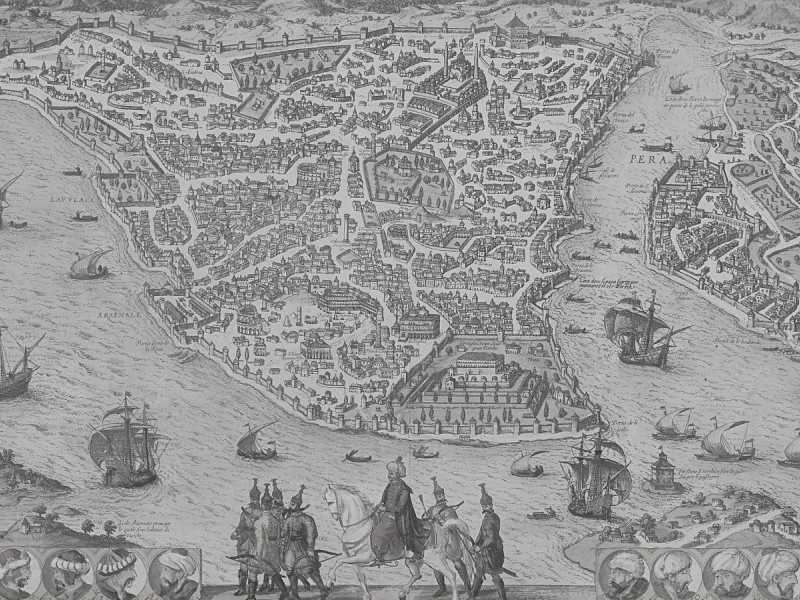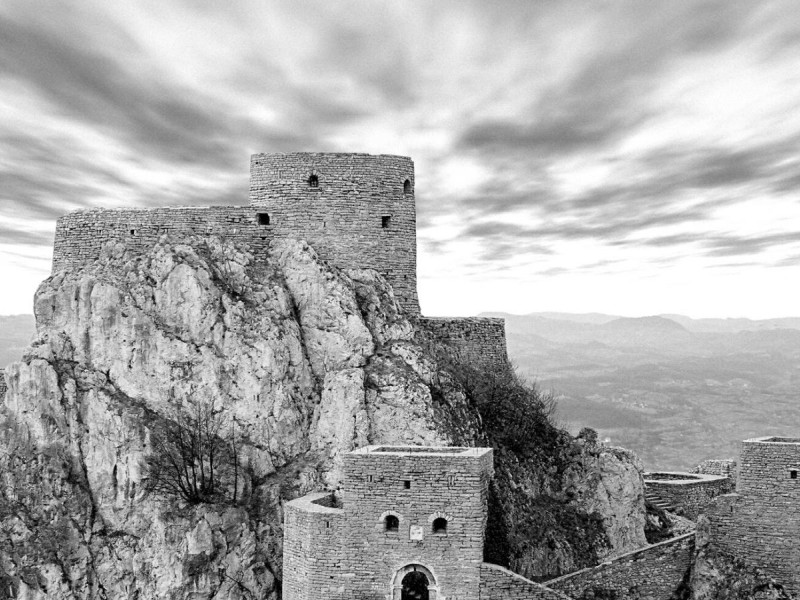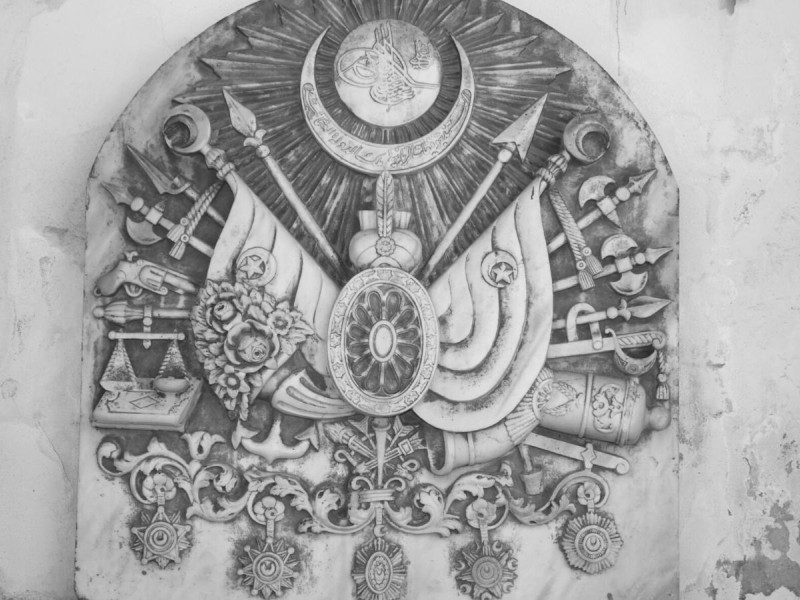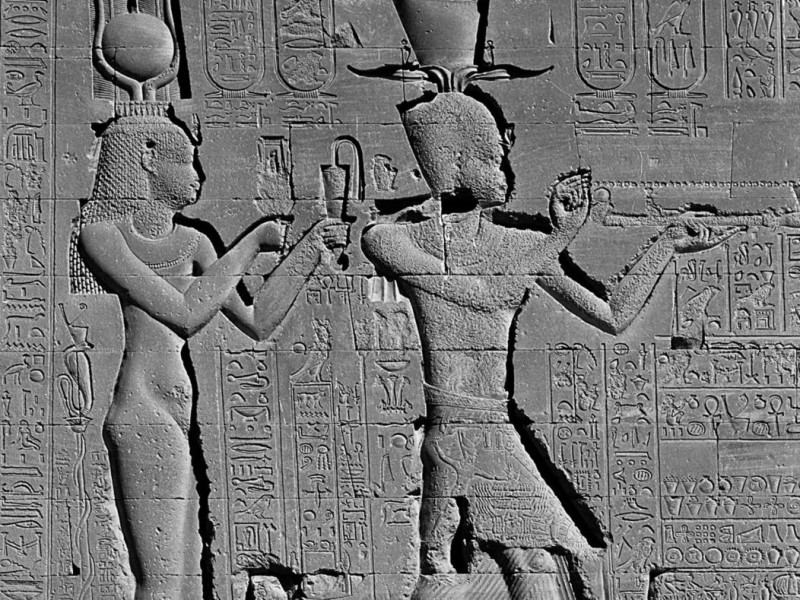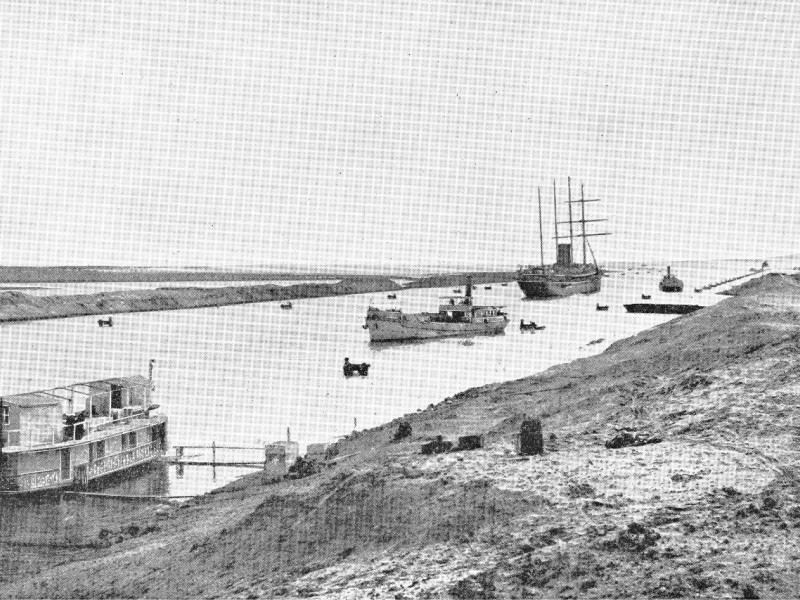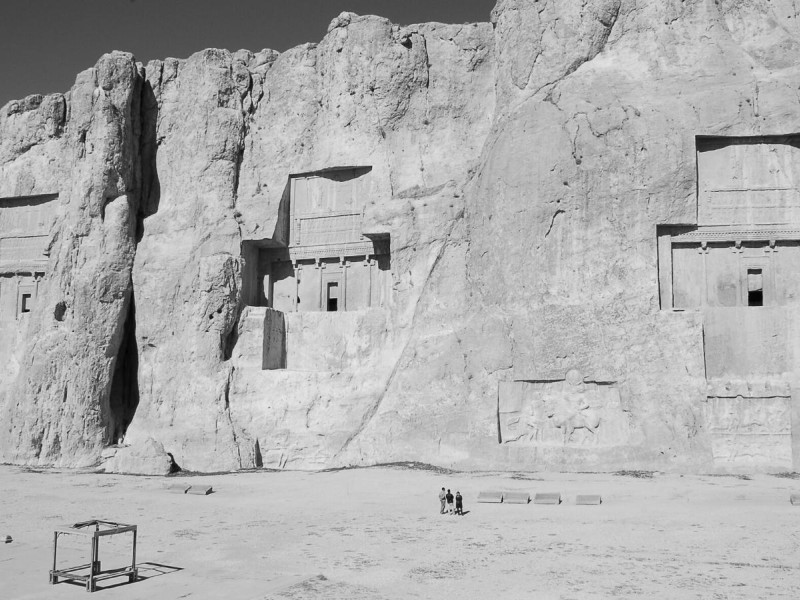Why Did Constantinople Fall? The Byzantines Fall to the Ottomans
The Fall of Constantinople is considered the historical event when the Byzantines fell to the Ottomans on May 29, 1453. Constantinople had fallen before that point, for example at the end of the Fourth Crusade in 1204, but this was a huge transition into a new realm of power and the end of the Byzantine Empire.
Read more to discover why the great city of Constantinople fell, ending the era of the Byzantines.
Why Did Constantinople Fall? When Did Constantinople Fall?
In summary, the city of Constantinople fell because the old walls of the city finally succumbed to a 55-day siege by the Ottomans on May 29, 1453. The Ottomans used a cannon to create a constant barrage against the walls, and they never let up. Once the walls fell, it changed everything.
Constantinople was the last Christian bastion in the east. With their defeat by the Muslim Ottomans, it broke down that wall between the east and the west. The Ottomans were then able to spread Islam through Eastern Europe. However, it didn’t come easily, and the ruler of the Ottoman Empire, Mehmed II, made his preparations wisely.
He also had things prepared for him over time. The relationship between the Byzantine Christians (Orthodox) and the Roman Catholic Church had soured. The Byzantine population had also dwindled, and so had their armies; they were not what they once had been. Aside from these, they also didn’t have many Christian allies left, making them easy and open to attack.
Troubled Religious Relations: The Orthodox Christians Versus the Catholics
There had been difficulties between these two religious groups for years. There was a deep hatred between the two groups. Popes over the years hoped to bring the Orthodox Christians into the fold of the Catholic Church and under its control, which was one of the reasons they wanted to control Constantinople themselves.
This was one of the main reasons for the Fourth Crusade as well. The Crusaders attacked and sacked Constantinople instead of heading towards Jerusalem as planned, but there was one thing they both agreed on: that Constantinople was the last division between the Muslim east and the Christian west, and the Christians wanted to keep it that way.
They wanted Jerusalem, but it was still under Muslim control. All they had was Constantinople, so it was like a necessary evil to the Roman Catholics.
What Did Constantinople Have Going for it? The Strength of Its Assets
Constantinople was a very old city, and so the leaders there believed that the walls could never be penetrated.
Why would they?
In the last thousand years, no one had managed to penetrate their walls, and they were widely known for being the strongest walls in all of Europe. The walls covered four miles and were 16-feet wide at the base.
There was also a moat that surrounded the walls, and they had been built soundly. The city believed that it could withstand an attack, at least until more help arrived from the few allies they had left. The current Byzantine Emperor, Constantine XI Palaeologus, unfortunately didn’t have much of an army any longer. Even the population of his city had dwindled considerably in the last few hundred years.
An eyewitness stated that there were about 30,000 to 35,000 armed civilians and around 6,000 to 7,000 trained soldiers ready to fight against any attack, but they had dwindling support from other countries, so if they didn’t get help, the city would most likely fall.
The Beginning of the Battle of Constantinople: How It Went Down
Mehmed II had been preparing for the conquest of Constantinople for a long time, for it had been the great wish of his father to conquer this city. He’d failed in the past, and Mehmed II was ready to try again.
He built a fortress to restrict travel between the Black and the Aegean Seas, and he commissioned a large cannon to be made.
He was going to be the one to take down those walls. Constantine XI Palaeologus asked for help, but hardly any came. Hungary refused, and Venice sent some men, but not really enough. The current Pope, Pope V, saw this as his chance to unite the faiths.
The city prepared for a siege, watching as more and more Ottoman troops came to fight against them. On April 6, the Ottomans began their attack with weapons, and they blocked the city on all sides.
The attack continued constantly, and they even tried to ram boats through the chain that blocked the city a few times. The Byzantines were able to fight back each time, and they were able to repair their walls at night.
The Perseverance of the Ottomans: The Siege of Constantinople
The Ottomans kept trying, bolstering more and more weapons, men, or ships where they needed to be bolstered. On April 22, their ships made it through the chain, and they were able to control some of the waters which surrounded Constantinople.
The artillery barrage continued all the way through May 29. They would make cracks in the walls, but they weren’t quite big enough to get through.
By then, they had already caused enough damage and done surge attacks enough times that the Byzantines were weakened. The Byzantine Emperor had also been killed along the way, allowing the Ottomans a way in.
Finally, the Ottomans conquered Constantinople, and Mehmed II rode victoriously through the city. He allowed some looting and sacking by his men, which led to the destruction of many of the Orthodox churches.
Mehmed II then converted the Great Cathedral to a mosque, where he prayed before ending the sacking of the city. It was now finally his.
The Aftermath of the Battle: Why Did Constantinople Fall?
The fall of the Byzantine Empire started to turn in the Ottomans’ favor after a continued and steady attack. After the walls fell, Mehmed II was surprisingly kind.
He didn’t slaughter the masses unless they fought against him, and many were returned to their home states. He also considered himself the “Caesar of Rome,” and he moved his capital to Constantinople.
The collapse of the Byzantine Empire changed everything. There was not much more danger, in the Christians’ minds, of the spread of Islam to the West. The East was now relying on Hungary to be the last Christian bastion. Many scholars believe that this event marked the end of the Middle Ages and proved to be the start of the Renaissance.
Conclusion
Here are the main points we learned in this article, which answers the question:
Why did Constantinople fall?
The Fall of Constantinople occurred on May 29, 1453
The battle was between Sultan Mehmed II of the Ottoman Empire and Emperor Constantine XI Palaeologus, the Byzantine Emperor and leader of Constantinople
It was a battle that took a lot of planning and preparation and was something the Ottomans have been wanting for a long time
Power in the Byzantine Empire had been waning for years
Tensions were high between the Orthodox Christians and the Roman Catholics, so they no longer had real and strong Christian allies
Constantinople was considered the last Christian bastion between the east and the west, preventing the spread of Islam through Europe
The Christians wanted to hold onto it, but because of the brewing tensions, they didn’t come to the aid of the Byzantines as much as they could have
Mehmed II’s father wanted control of the city, and Mehmed II took it upon himself to fulfill that dream
He prepared his men, commissioned cannons to be made, and helped block off sea areas to besiege the city
Constantinople’s city walls were strong, and the citizens were confident that they would hold up until their Christian allies arrived to help them
However, only a few troops came from Venice, not enough to make much of a difference
The battle began in April, and the constant barrage of men, ships, and artillery eventually broke down the city’s defenses
The Byzantines did their best, repairing the walls during the night and fighting throughout the day. This kept the Ottomans pushed back whenever the artillery did make a crack, but it wasn’t enough
The Byzantine Emperor died during the battles
Mehmed II claimed Constantinople for himself, moving his capital there and essentially breaking the last Christian defense between the east and the west
The Catholic Church and Christians in general, devastated at this loss, now hoped that Hungary would be the one to stem the tide of Islam into Europe
Many scholars believe that this was the moment when the Middle Ages ended and the Renaissance began
Constantinople fell because of a number of factors, many of which were in the Ottomans’ favor.
The Fall of Constantinople was a huge event that changed history, changed the map, and changed the fate of those who resided within its walls. We are left to wonder what would have happened if Mehmed II hadn’t been so determined or if the western Christians had gone to assist their beloved city.
